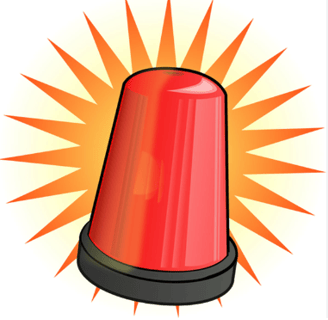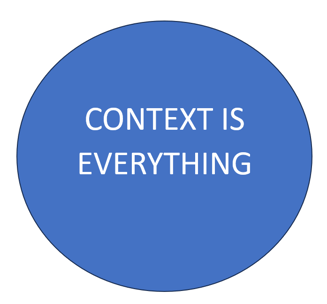Understand how chronic pain works and what you can do about it, safely and scientifically
Understanding Chronic Pain is the single most important thing you can do to start on the road to recovery
"Repeated Studies have shown that there is nothing better for Chronic pain than aquiring knowledge about how we all make pain. You can then use this knowledge to change the things you do, think, say and of course, your pain". Lorimer Moseley
Pain scientists are starting to think differently about persistent (chronic) pain and its causes, and they're making exciting discoveries - like how you think about your pain can change the way it feels.
Here Professor Lorimer Moseley explains how pain works and explains new approaches to help reduce your pain.




We use the term Chronic to refer to pain that persists beyond the acute phase which lasts for 3-6 months. This is the time it takes for body tissues repair.
Successful healing including acute inflammation, growth of new protein fibers, laying down of scar tissue and repair of damaged structures takes 3-6 months.
Pain that persists beyond this period means that the brains alarm system continues to stay on alarm mode after the tissues have healed.


Over the last 20 years new scientific discoveries have emerged that have radically changed our understanding and treatment of chronic pain.
"Pain is, at a very fundamental level, all about your brain's assessment of safety: unsafe things hurt. If your brain thinks your safe, pain goes down." Paul Ingrahm (2011)
"Pain is an output. It is the result of processing in your nervous system. The response is unique to the person experiencing the event." Steve Haines (2015)
"There is no pain center in the brain. The nervous system receives danger signals from tissues and cells that are damaged, dry, oxygen depleted or inflamed. In acute situations, Nociception, the fancy name for danger signals, usually generates pain that is well correlated to damage. The brain evaluates the danger signals in relationship to everything else it is processing. Pain is the moment your brain decides something is unsafe and you need to know about it." Steve Haines (2015)
"The brain is evaluating 'How dangerous is this really?' Pain is the answer if the brain concludes something is dangerous" Lorimer Moseley (2013)
" Modern Pain Science acknowledges that pain is complex, it involves the person in their world. Always... Pain is so much more than signals of danger from the tissues. It is also much more than blocked emotions and belief systems. In fact the experience of pain can depend on anything that can effect you." Steve Haines (2015)
Anyone claiming to be 'in pain' is in pain. Bourke (2014)
"Chronic Pain is nearly always a mistake, a fault in the alarm system." Steve Haines (2015)


"There is an overwhelming amount of evidence that 'issues in the tissues' are not the cause of chronic pain. The problem is that acute pain can change how your nervous and immune systems work. The changes amplify and become entrenched. This is called sensitization. Sensitization means we turn up the volume on our alarm system, but we are very poor at turning the volume down." Steve Haines (2015)
Lets define Chronic Pain
Here's the Science
"Your body can only send danger signals to your brain, not pain messages. Pain is made by the brain. 100% of the time. No exceptions. Ever." Prof Lorimer Moseley (2015)
"The important issue here is the idea of danger. There are NO pain nerves, pain sensors or pain fibers in your body. There are sensors that detect changes in your body and the environment and send danger messages to your brain. The brain listens to the danger messages in the context of your situation, and may or may not make pain." Prof Lorimer Moseley (2015)


Does your context change your pain?
Yes No Unsure
Your Stress level
The people you are around
What you are doing
How much support you have
Your feelings about what you are doing
Previous similar experiences







